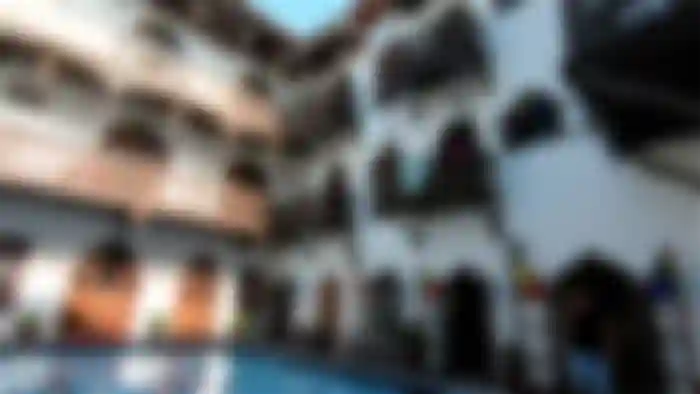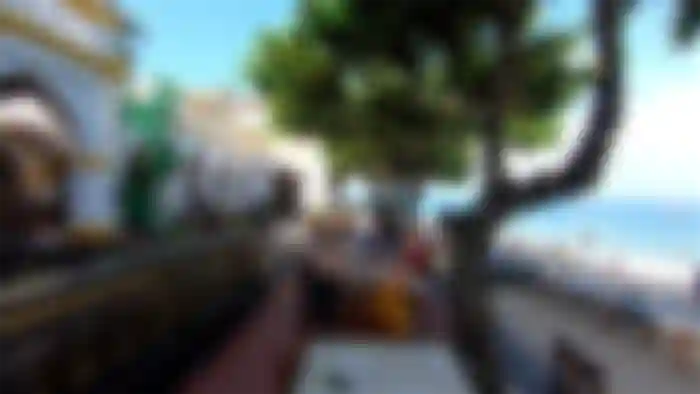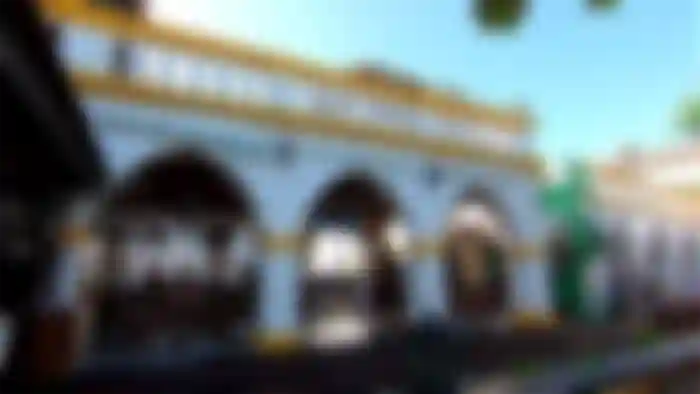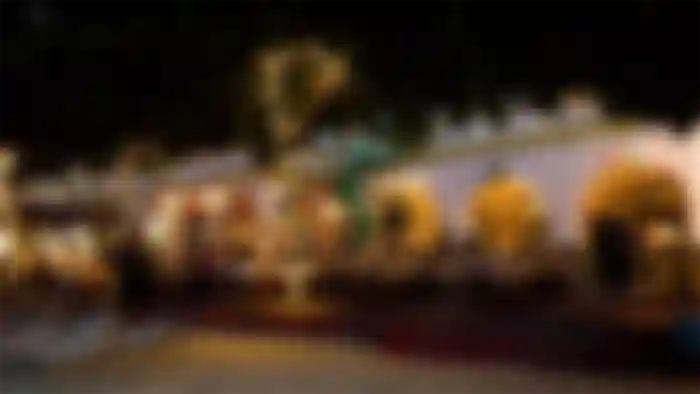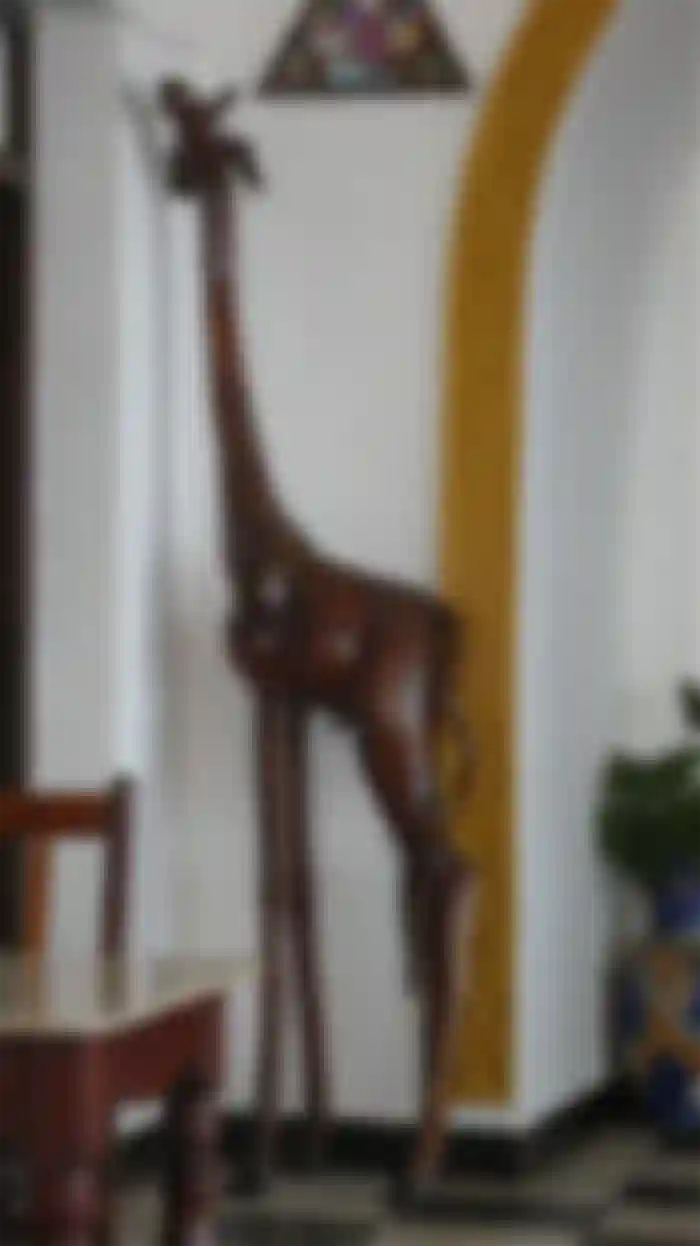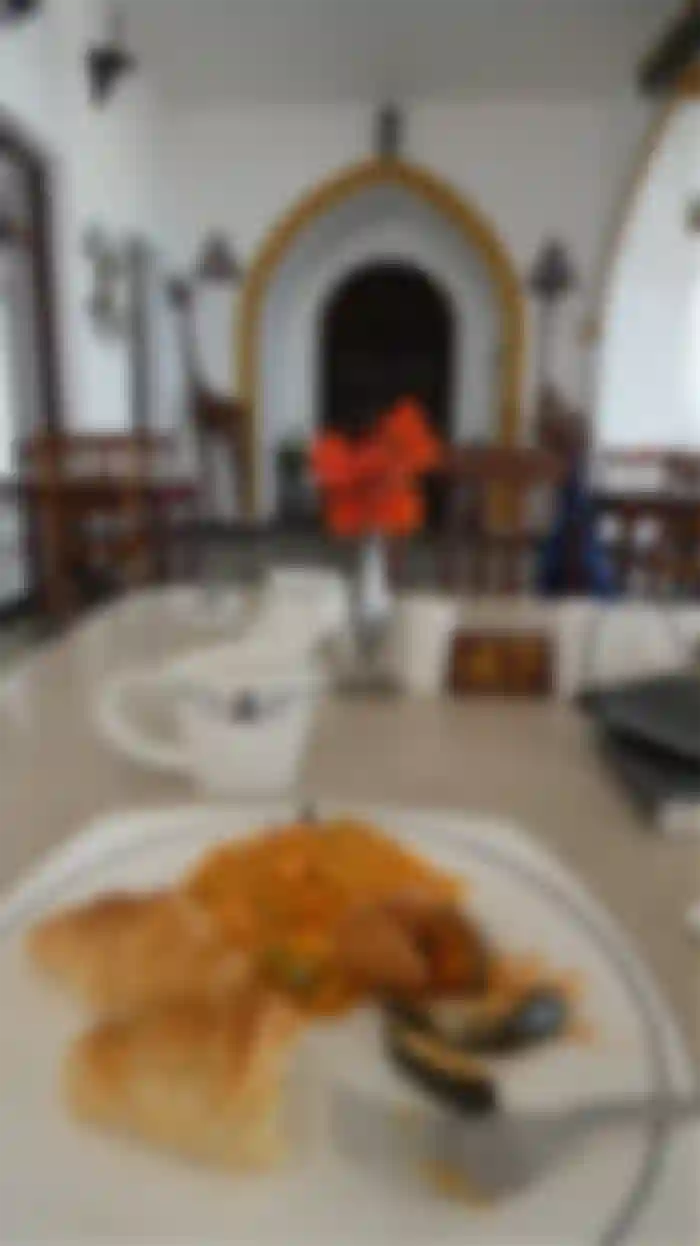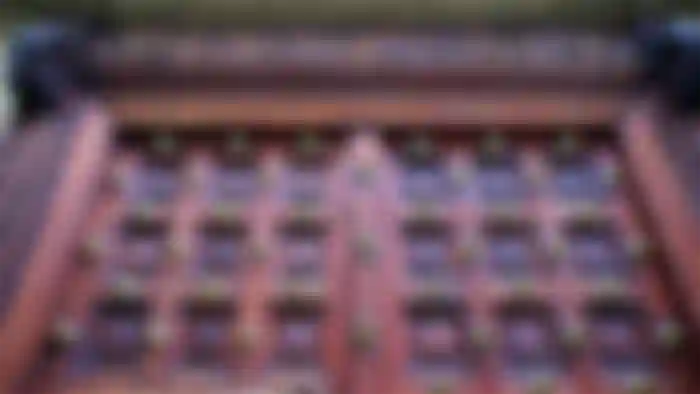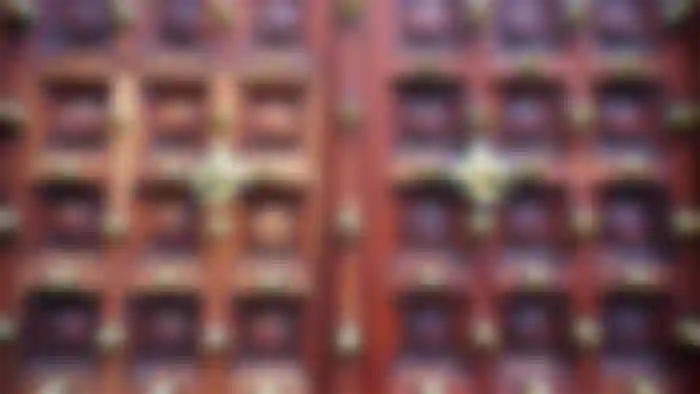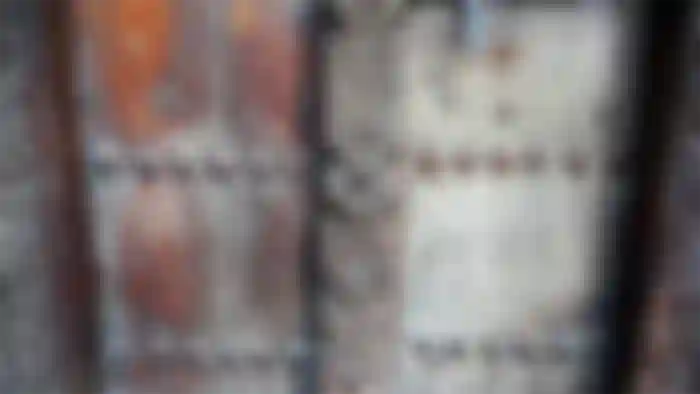
We landed at the airport in Zanzibar safely without complications. From the airport, we go to our first place, the capital of Zanzibar - Stone Town. I booked one of the capital's hotels right by the sea for three nights to sleep off my jet lag and explore the city.


The 4-star Tembo House Hotel welcomed us with a surprise in the form of a surcharge for the room, as there was allegedly a booking error. You know what it is, how they see tourists killed by flight, you have to nibble them, I paid for peace and gave an appropriate opinion on the booking. I don't think it was profitable for them.


With the rest of our strength, we did a quick reconnaissance of the city and the vicinity of the hotel, but the terrible heat, for freshly baked white tourists from winter Europe, is unbearable. We escaped to an air-conditioned room.



In the evening we had a look at our first place of stay in Zanzibar. Time to go to sleep.

Morning breakfast, in a very nice environment, and we set off into town in search of the door, yes the door.


Where does the name of the city come from? Stone Town?
The name of the city of Stone Town, or Stone Town, comes from the building material it was created from. These are not ordinary rocks, but fossilized corals, sponges, sea urchins and other limestone crustaceans. As it turned out later, we encountered them every day almost all over the eastern coast, at low tide of the ocean. This natural stone is very resistant to erosion, therefore it is still used today as a building material.



Stone town - the history of unusual doors
A distinctive feature of the city, or in fact houses, is atypical doors. They are exquisitely crafted, with various carved patterns, and some are additionally provided with spikes. They are the perfect example of the mixing of Swahili, Arab and Indian cultures.


The oldest door dates back to 1694. During the times of the Sultanate of Zanzibar, the door was the most important and prestigious element of the house.

They were the business card of the owner. They were the first to appear during the construction phase and the bigger and more decorated they were, the higher the status of the owner was.


Many doors are decorated with brass spikes or studs. This is a classic example of Idic influences. The spikes were supposed to protect against the pressure of elephants. However, the elephants in Zanzibar became extinct long before the Indians moved to Zanzibar, hence the presumption that the spikes are only a decorative element.


The symbolism of the carvings on the doors is not accidental. When there were fish symbols on the door, it meant that the owner of the house was a fisherman or a fish trader. When the ornament consists of geometric patterns, the inhabitant was, for example, an accountant or a businessman at the time. Decorative elements in the form of plants signified a spice trader.



Unfortunately, there are fewer and fewer beautiful doors decorating Stone Towe. The 1980 census indicated 800 items, currently it is estimated that there are about 300 well preserved. This typo door is made in Zanzibar to this day in small carpentry workshops to decorate new houses or hotels.


zanizbar, Stone Town April 2021


